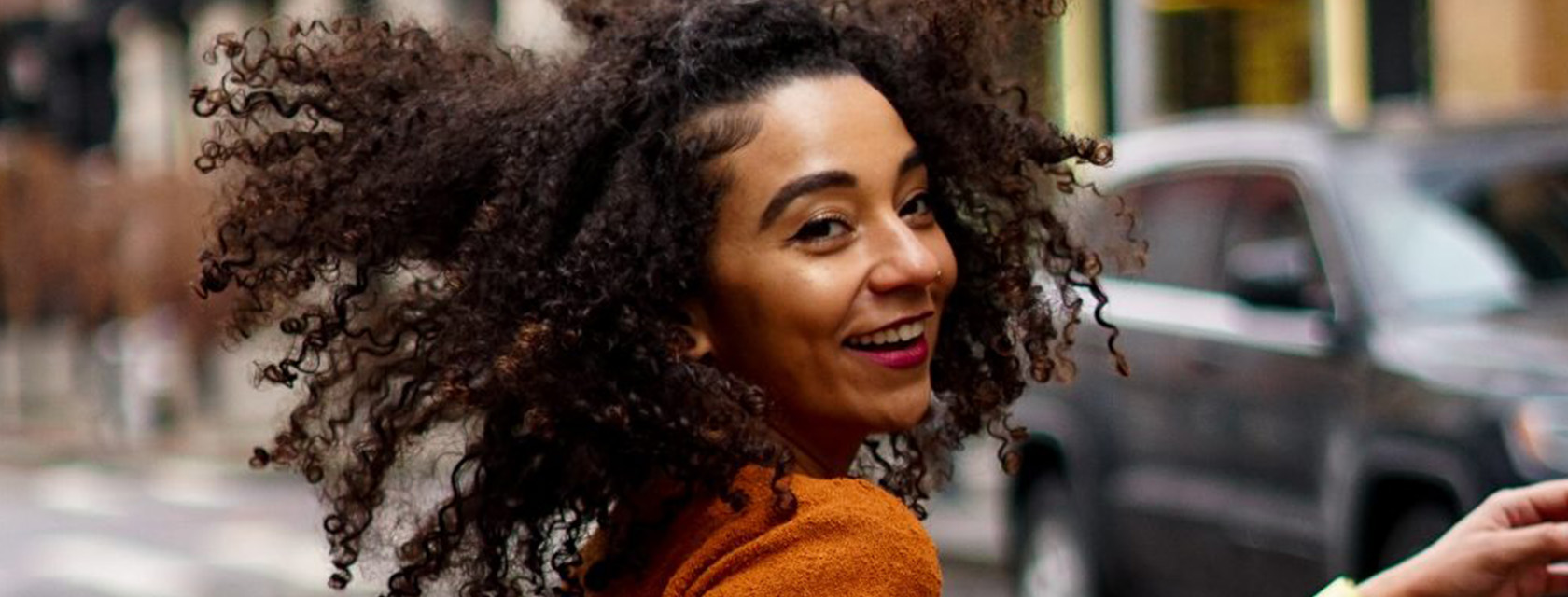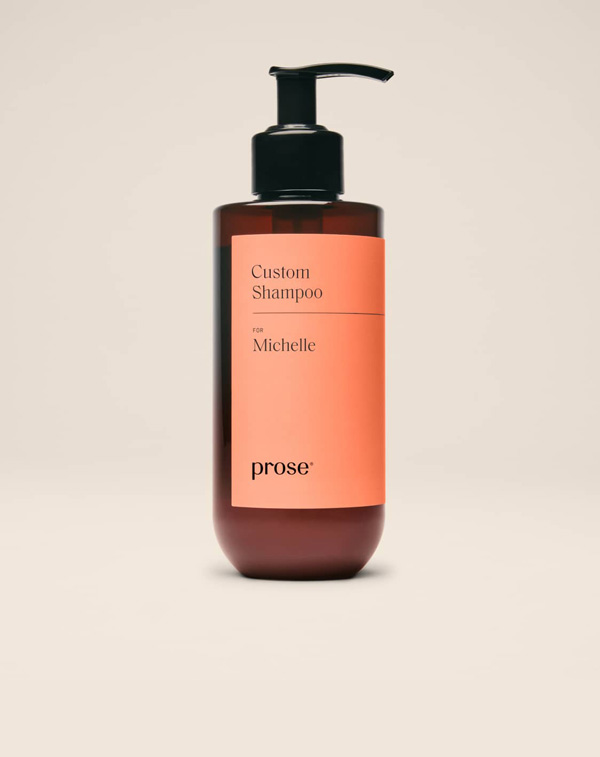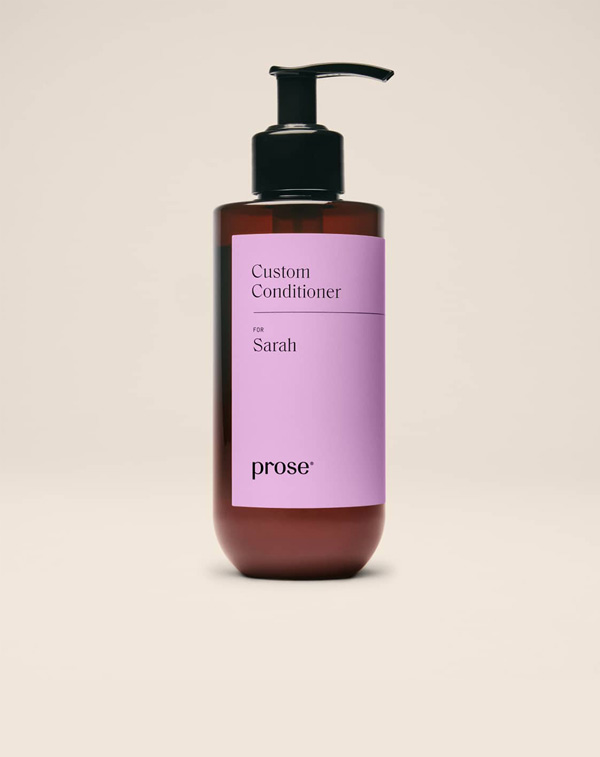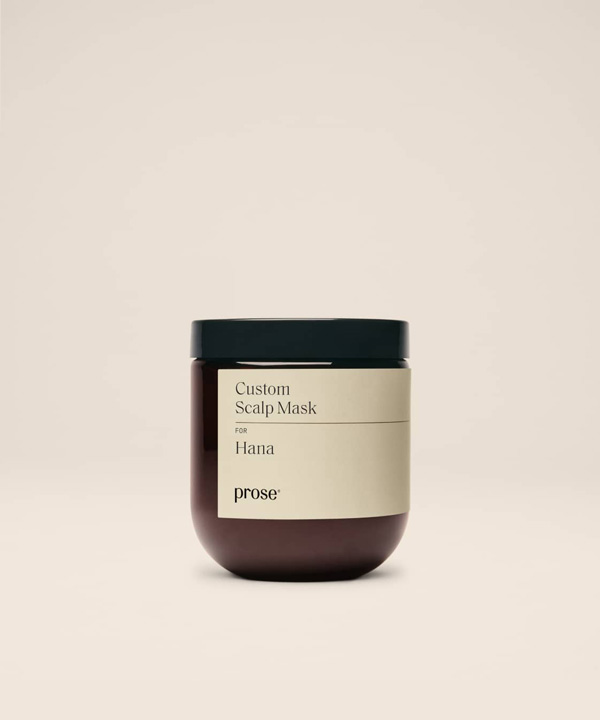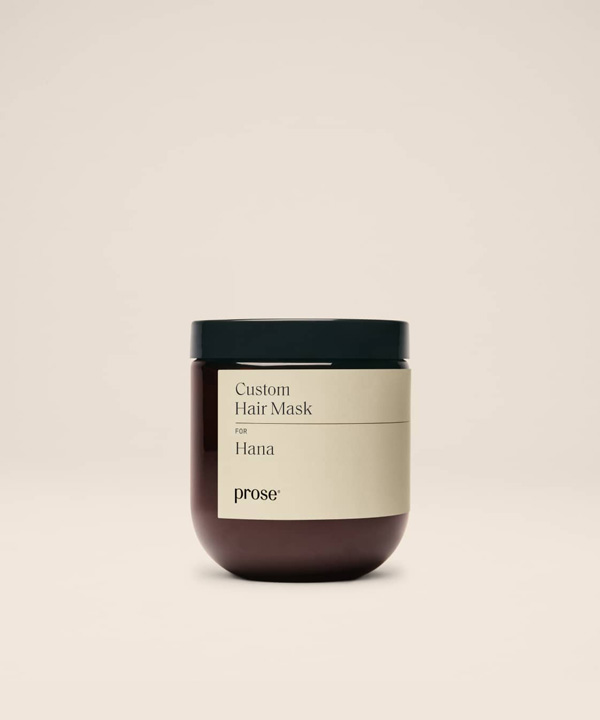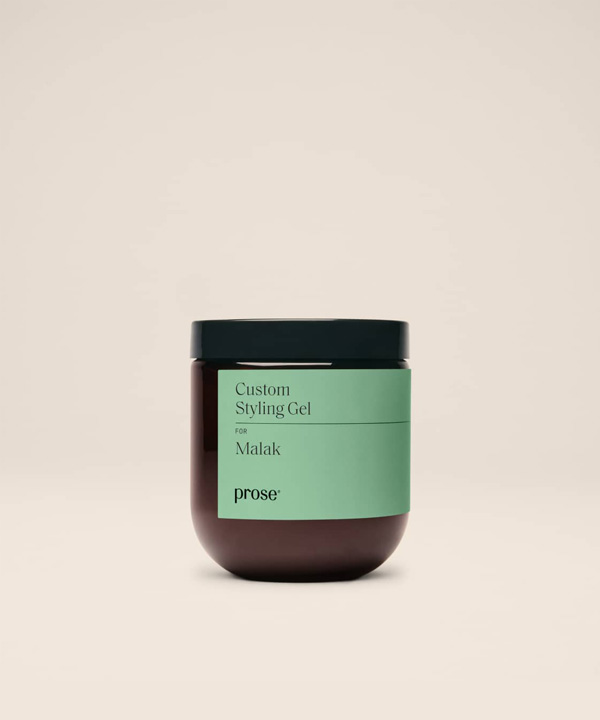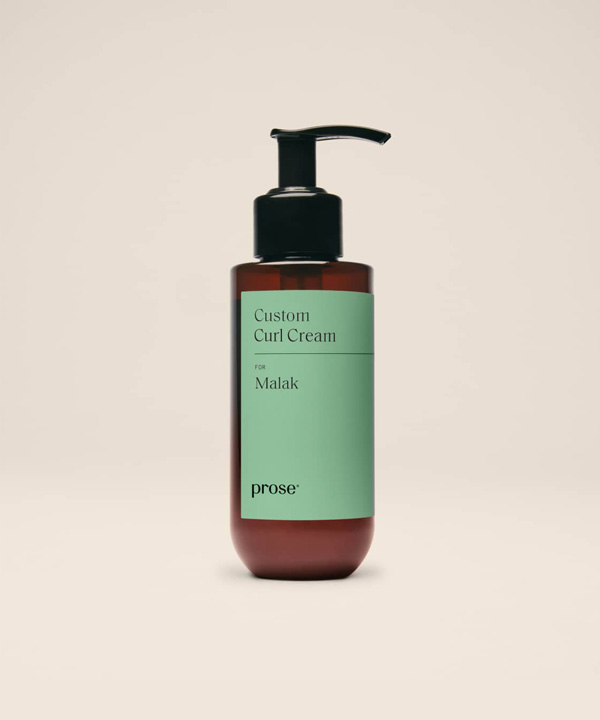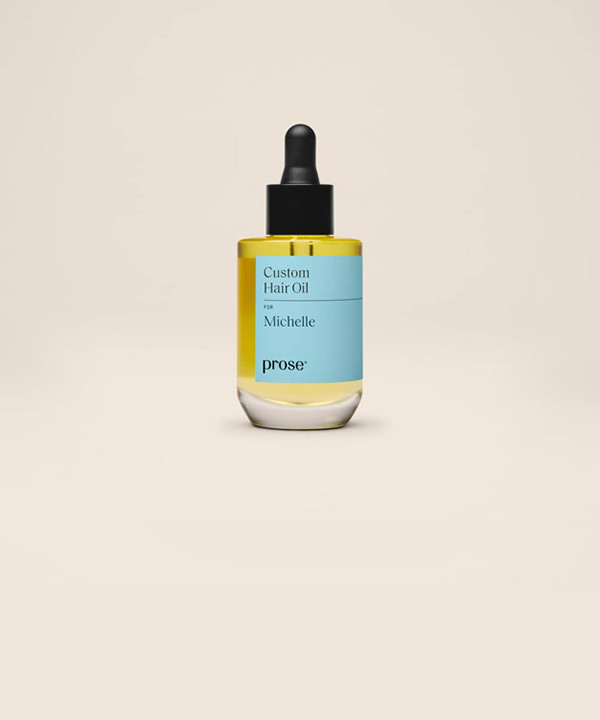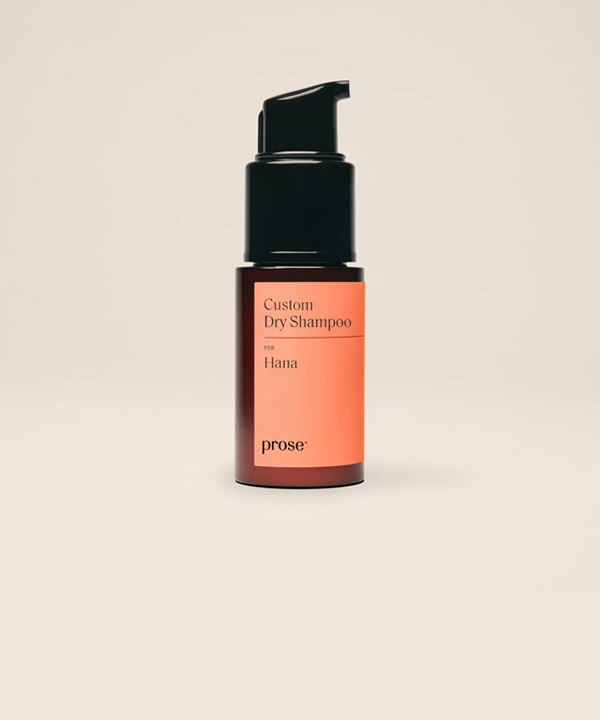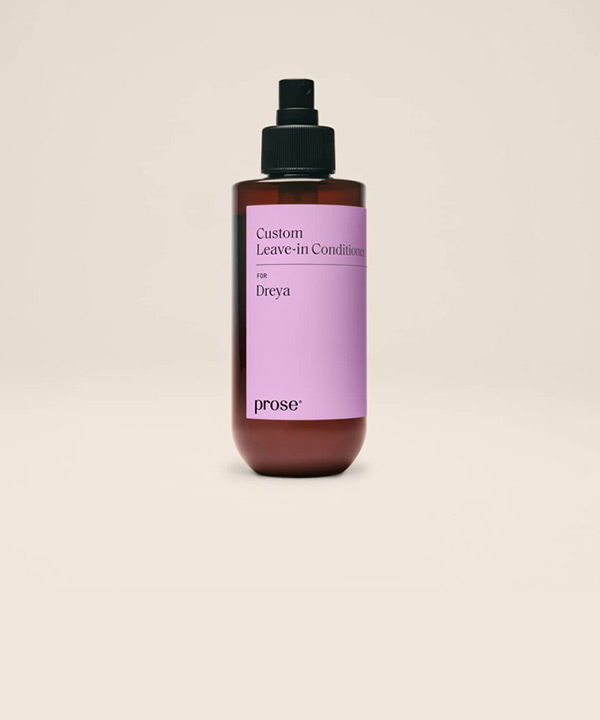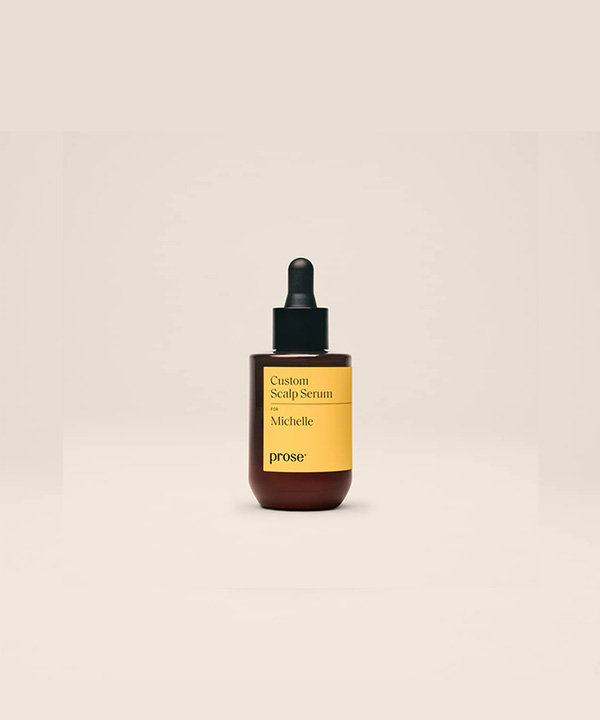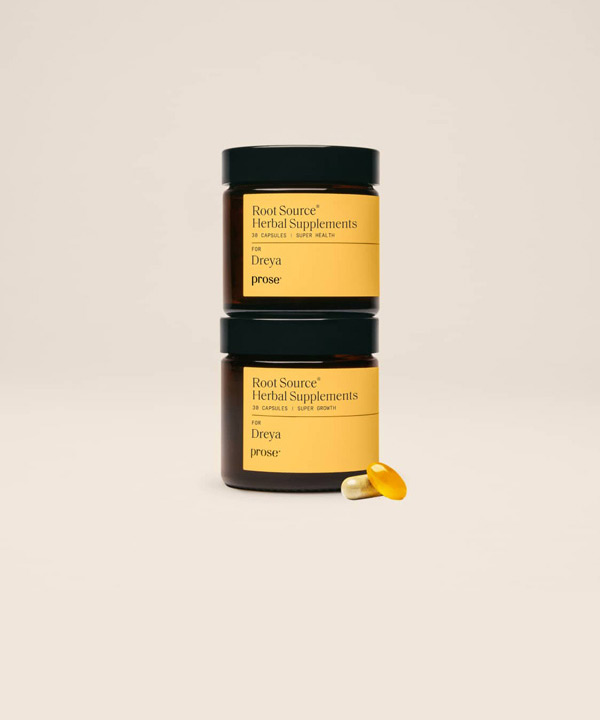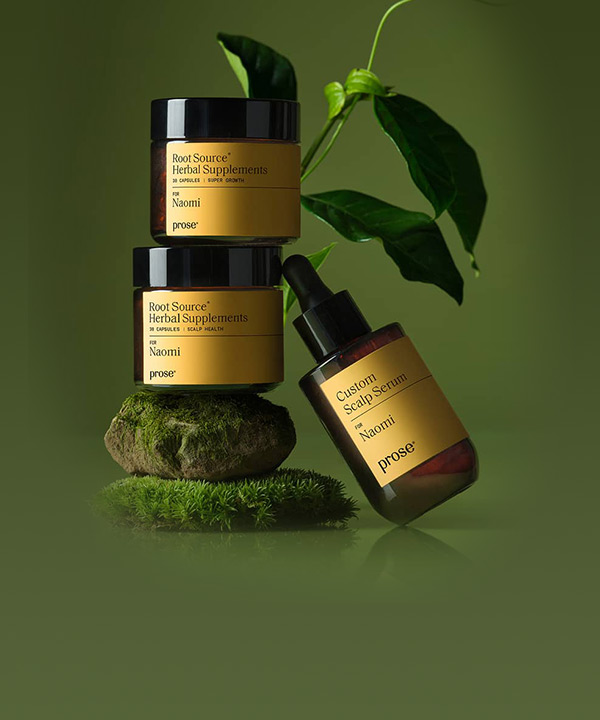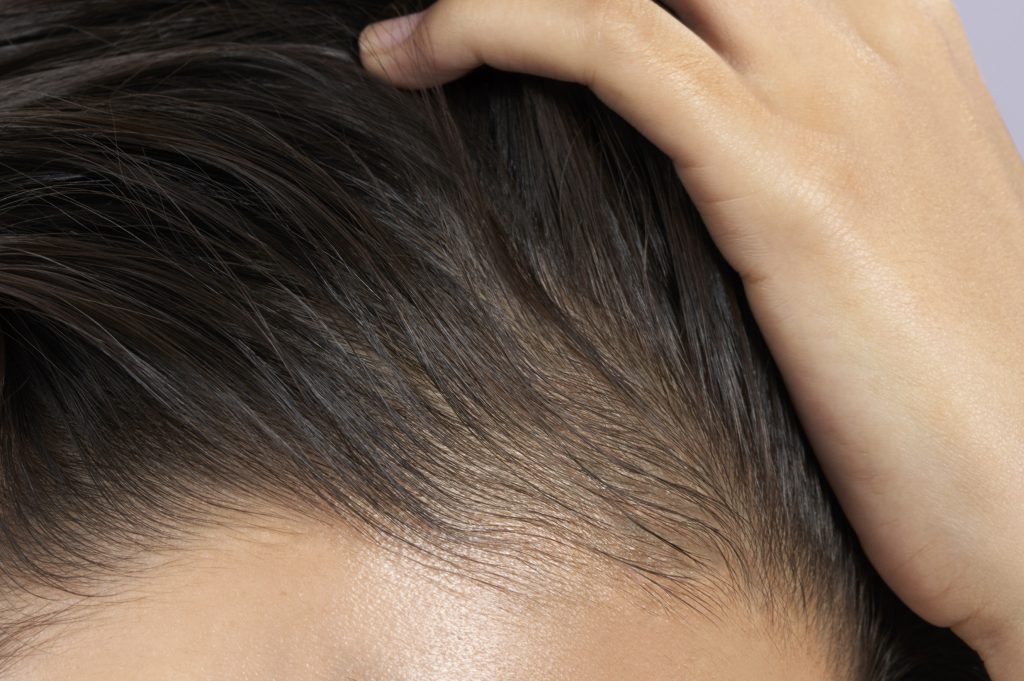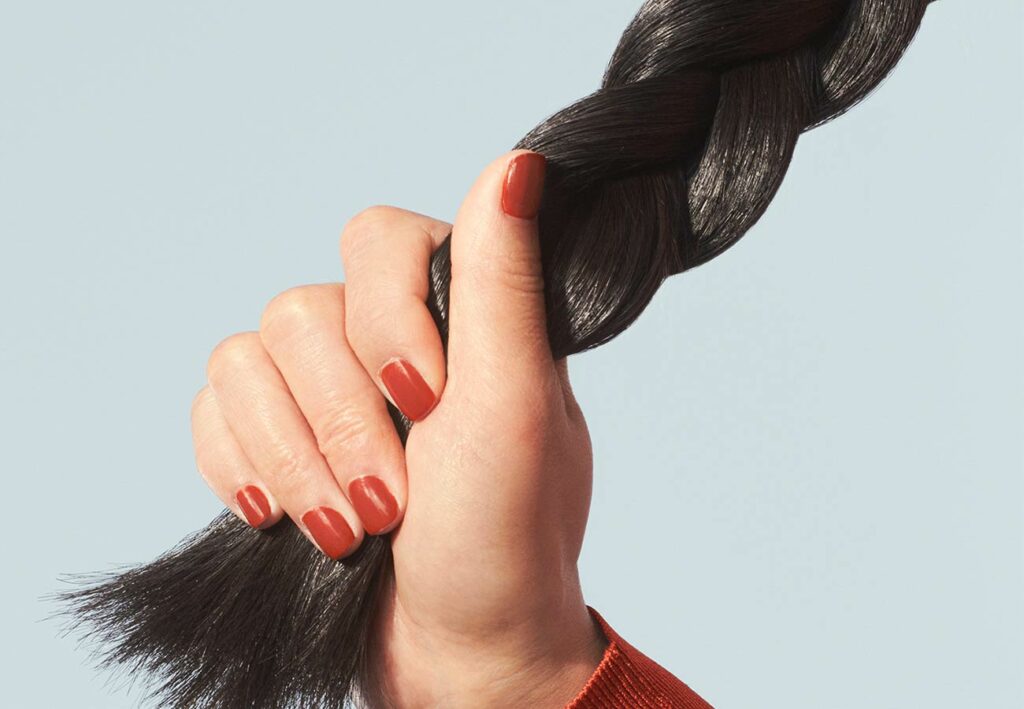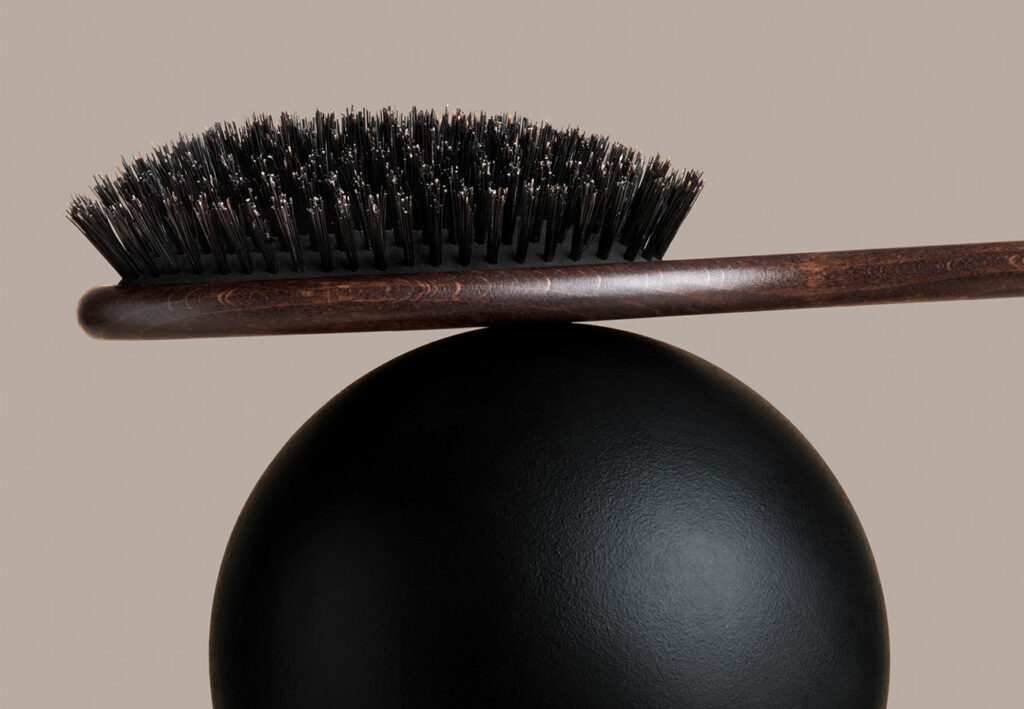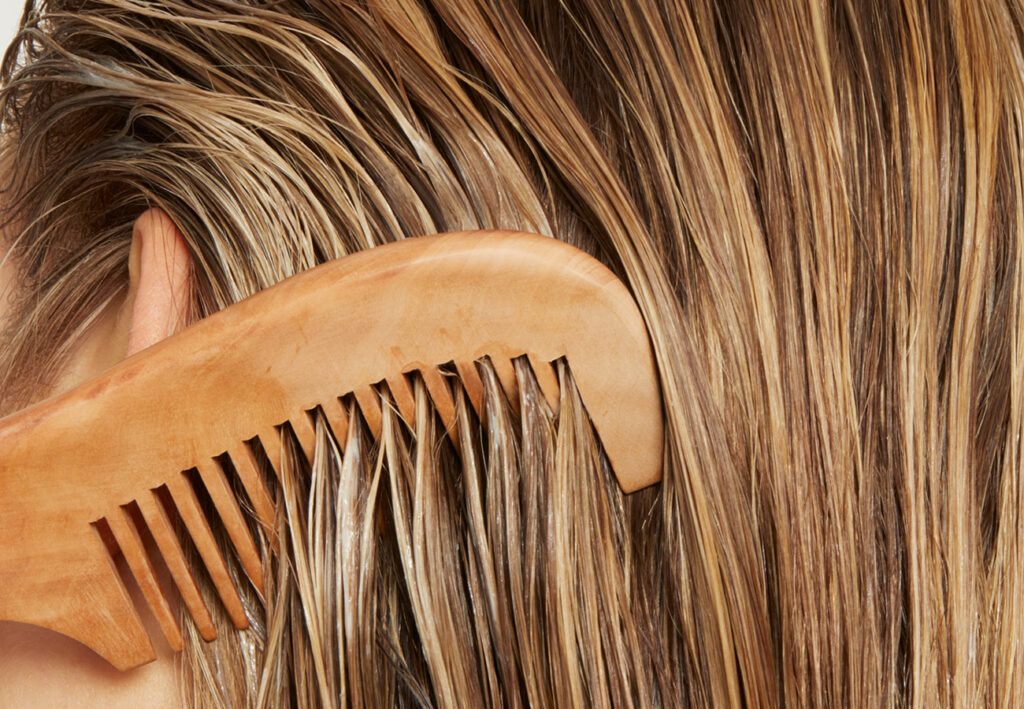What Is A Relaxer?
Relaxer is a chemical hair straightener that permanently uncurls hair. The strands on our head are made of keratin proteins which are held together by disulfide bonds that give hair its elasticity, strength and curl pattern. How curly your hair is depends on the number of disulfide bonds it has. By chemically breaking these bonds, the keratin can be realigned and straightened. Think of it as a reverse perm. The solution is applied at the scalp then pulled through to rearrange the strands in a straight line.
The process needs to be repeated every eight weeks to address regrowth. Because there’s some inevitable overlap, these treatments are known to damage and overstretch individual hair shafts, making them increasingly prone to fissures and breakage. While home kits are readily available and cost-effective, these products also make it easy to over-process the hair. Another risky relaxer move includes not waiting the recommended amount of time between touch-ups.
But, the most important aspect to remember: “Chemical relaxers are irreversible,” says Faith Huffnagle, veteran stylist. “The only way to get rid of one is to wait for it to grow out.”
What Isn’t A Relaxer?
Japanese Straightening/Thermal Reconditioning:
This process uses chemicals and heat to alter the structure of hair, loosening hair proteins, then reshaping hair cells. It can be damaging, but many consider it worthwhile for six to seven months of stick-straight strands. Once the treatment fades out, the hair will return to its original texture.
Keratin Treatment/Brazilian Straightening:
A coating of keratin is painted and sealed onto the hair shaft, creating a moisture barrier that reduces frizz and gives hair a shiny finish. Typical results last around three months, then gently fade out as hair goes back to its natural structure.
How Do I Get My Curls Back?
If you’re wondering how to get curls back after chemical straightening, your natural texture will return with new hair growth. The bad news: it’s going to take some patience to return to a full head of curls.
Always made to order. Never made to waste.
Exclusive Trial Offer Get 60% Off + Free Gift
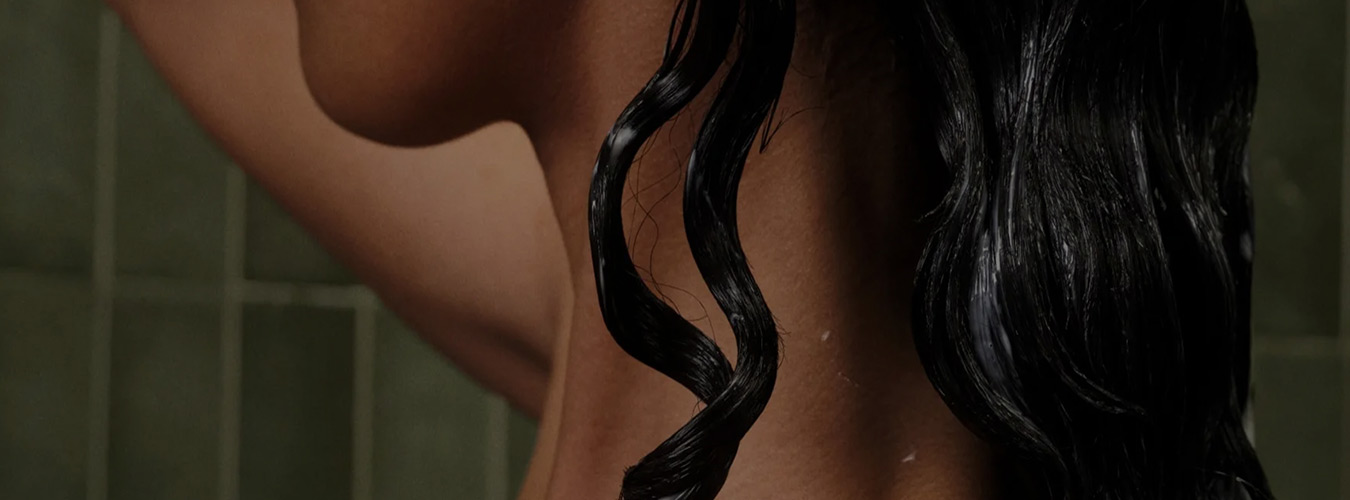
As new hair growth occurs, the texture will come in just as you remember. The section that was relaxed, however, will remain straight. Many women choose to cut off the length to speed up the process. Or, you can try trimming a little off the ends after each shampoo to slowly whittle away the over-processed ends. But if that’s too dramatic a move, twist outs, flat twists and protective styling work great to disguise the two, opposing textures and hide compromised and weakened ends.
There will be a very weakened line of demarcation where the relaxed hair and new growth meet that can easily snap. Additionally, hair will have two different pHs with relaxed hair being very alkaline, and fresh growth more acidic, which makes finding the right cleansing, conditioning and styling products challenging.
During the growing out phase, you’ll want to avoid heat, harsh chemicals (including keratin treatments), extensions or anything else that puts undue stress and pulls or tugs at hair. Nourishing and conditioning ingredients will be beneficial to keep the hair from breaking off prematurely. For this awkward phase, Prose recommends botanical ingredients like maracuja oil to restore hair’s strength and hyaluronic acid to deeply moisturize hair fibers.
Additional Pro Tips
- Keep hair pinned or tucked away during the growing-out phase
- Make use of nourishing hair oils and masks
- Sleep with a silk wrap or pillowcase to eliminate friction
- Minimize the use of heat styling tools
- Keep hairstyles on the looser side—tight ponytails will put tension on strands
- Get regular trims until all the relaxed ends are gone
- Avoid sleeping on wet hair
If you’re asking “can you curl chemically straightened hair?”—the answer is yes, but only temporarily with heat or styling tools. However, be cautious. Overusing heat can further weaken already fragile strands. Instead, focus on gentle styling methods while new growth comes in.
For those curious about how to curl chemically straightened hair safely, protective styling and no-heat methods like braids or twist-outs are the best approach until your natural curls return.
Revive your hair after any straightening treatment with ingredients that have serious moisturizing powers. A consistent, nourishing routine can make all the difference in supporting your hair while it transitions back from a chemical hair straightener treatment.


